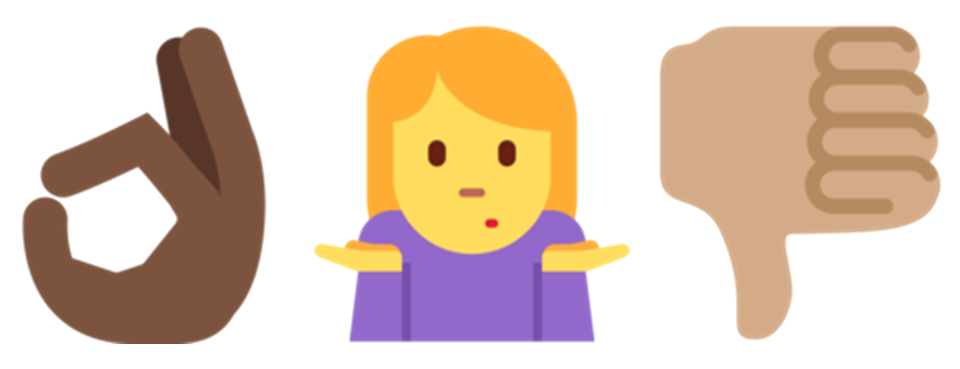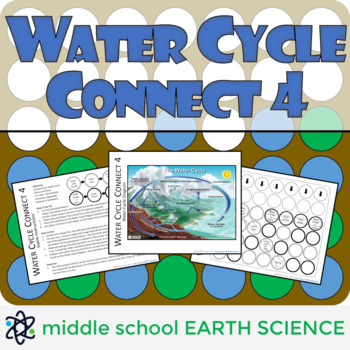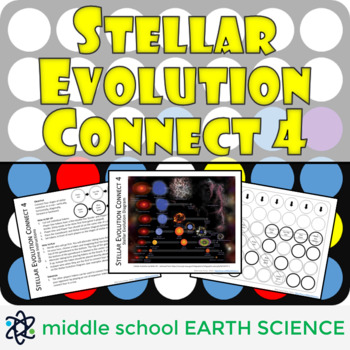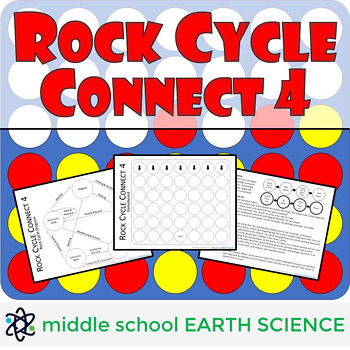FREE EARTH SCIENCE DOWNLOAD
Stellar Evolution Game Connect 4
Read MoreRock Cycle Game Connect 4
Read MoreGuidelines for Middle School Students in Evaluating Websites

Five Easy Ways to Improve Middle School Lab Experiments
Ideally our students should design and conduct their own laboratory experiments; this is an ideal I have yet to realize with my 6th grade students in our earth science class. While I believe that students should be involved as much as possible in the construction of their classroom lives, due to time, safety and availability of materials I haven’t found this instructional model feasible. What I have found feasible are making improvements to existing lab experiments using these five strategies:
- Mark the text
- Identify variables and remove pre-made data tables
- Require students to graph their data
- Remove the post-lab questions and write your own
- Require students to reflect
1. Mark the text
Most of the lab experiments my students conduct are modified versions of experiments from resource books and periodicals. All the experiments start with a block of text explaining basic information about the topic we are studying. Reading this block of text is a perfect opportunity for students to practice marking the text. Marking text is a strategy which helps students to identify new vocabulary, identify unknown words and to make meaning from a text. Here is a simple protocol to use with your students:
Simple Text Marking Protocol for Lab Experiments
- Read the text in its entirety to the class. This serves as an opportunity for struggling readers to hear fluent reading and to have access to an otherwise challenging passage. Alternatively, you can ask for a volunteer to read the text; be sure to pick a student who is a strong reader.
- Read or ask for a volunteer to read any post-lab questions to the class.
- Ask students to read the text to themselves and:
- Put a box around new and unfamiliar vocabulary
- Underline phrases they think will be helpful when answering post-lab questions.
- Place a question mark in the margins for passages they found difficult to understand.
- Ask students to share which words they put a box around and answer questions about vocabulary.
- Proceed with the lab activity.
- While you are circulating around the room check with students about the sections they noted with question marks.
This simple text marking activity will help your students make meaning of the text and increase their understanding of the tasks they are performing. Download a FREE student friendly version of this protocol for printing or displaying.
2. Identify variables and remove pre-made data tables
Similarly to marking the text, students benefit from a close reading of lab procedures. Beyond understanding what to do, students need to learn to identify the independent, dependent and constant variables in an experiment. To help them with this I first remove the pre-made data tables students would otherwise use to collect information–this needs to be done before making copies. Then during class while reading the lab procedures I ask students to underline any variables that are to be measured during the experiment. After students have underlined the variables they think are important, I ask them to make a rough draft of a data table on a separate sheet of paper. Give your students a defined and short amount of time for this, no more than 5 minutes. I then have them share their rough draft data tables with their desk partners and ask for volunteers to share their work with the class using a document camera. Through discussion I guide students into understanding which variables do and do not need to be measured and which are the constant, dependent and independent variables. Usually a student will have shared a workable data table, and I will request to keep it under the document camera and ask the class to copy it into their lab report as a final draft.
If the wall of text above was too much to read, here is the short version:
- Remove pre-made data tables before copying the lab experiment.
- Have students identify variables in the procedures by underlining them.
- Ask students to make a rough draft of a data table to collect the variables they identified.
- Have students share their data tables with the class.
- Select a usable data table and have students copy it as a final draft into their lab paper.
In my graduate work I found that asking students to create a data table to collect their results significantly increased their understanding of which factors in an experiment were the independent, dependent and constant variables. Creating a data table might not seem significant, but it requires students to think deeply about what is, and is not, important in a well-designed experiment.
3. Require students to graph their data
During the first few weeks of school my grade level counterpart and I dedicate several days of class to what we call Graphing Bootcamp. We guide and challenge our students to learn to make what we believe are the four most useful representations of data–bar graphs, pie charts, line graphs and scatter plots. This dedicated time has big payoffs throughout the school year. Knowing how to make charts and graphs improves our students’ ability to read charts and make meaning from them. It also allows us to request that our students represent their data after a lab. Even if the data students collect are very simple, it is worth the time to help them both make meaning from their data and learn that communicating your findings clearly to another person is an important part of science.
Simple Rubric for Evaluating Tables, Graphs and Charts
| Criteria | Yes/No |
|---|---|
| Title included | |
| Title appropriate to data set | |
| Makes good use of space | |
| Appropriate type of table, graph or chart | |
| Appropriate labels | |
| Data accurately represented | |
| Variables on appropriate axis–not always applicable | |
| Units of each piece of data are clearly and correctly identified | |
| Shows effective use of tool–neat and readable |
4. Remove the post-lab questions and write your own
Often the post-lab questions that come with pre-made lab experiments are terrible. They ask discrete questions and don’t require students to wrestle with conceptual understanding. Remove these pre-made questions, think about what you want the students to understand and be able to do and write your own questions. When I first started doing this I literally cut the questions out with scissors in the work room before running copies; more recently I’ve digitized these pre-made labs and make modification and improvements each year. When writing your post-lab questions aim to ask broad questions and to request specific examples. Also ask students to do something with their new knowledge. Please see the table below for example original questions and teacher created questions:
| Original Questions | Teacher Created Questions |
|---|---|
| List two intrusive igneous rocks. | What physical properties are used to identify igneous rocks? |
| Do all extrusive igneous rocks contain crystals? | Pick an igneous rock and describe its physical properties. |
| Why do some igneous rocks have bubble holes? | What chemical compositions are used it distinguish magmas? |
| List two extrusive igneous rocks. | Pick a type of magma and describe its chemical composition. |
| Granite and obsidian are chemically similar. How are they different? | Use the physical properties of your igneous rock samples to create an identification key or dichotomous key. |
5. Require students to reflect
The questions at the end of a lab should both require students to communicate their new understandings and guide students in placing their understandings into a greater context. Asking students to reflect on their understandings helps students to make connections with their prior knowledge and conceptualize their new understandings.
The following three questions make appearances at the end of most of my labs:
- What do you still not understand about (insert topic)?
- What are you still curious about?
- How does (insert topic) relate to (topic previously studied)?
When students are finished answering the questions, or time runs out, I ask them to share their reflection questions responses with each other. Student responses to these reflection questions serve as great conversation starters in class and gain me a window into the holes in their understandings of concepts we are studying. Sometimes we can plug these holes in the moment, sometimes they go unanswered and sometimes they lead us in unexpected directions.
I hope you’ve found these five easy ways to improve your lab experiments useful and maybe even thought-provoking. What strategies have you found useful to improve your lab experiments? Please share them in the comment section bellow. As we are all always working to improve our teaching craft, I welcome your comments, criticism and suggestions both here and on Facebook. I also highly encourage you to sign up for my newsletter and to check out my earth science teaching resources on Teachers Pay Teachers. Happy science teaching!



